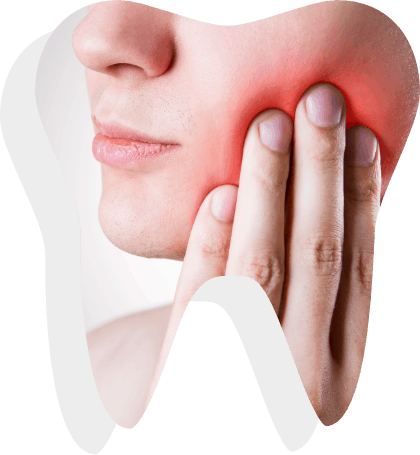Types of Wisdom Tooth And When Should It Be Removed
Not all wisdom teeth require removal, as non-impacted wisdom teeth erupt normally and are properly aligned, which do not cause any problem to cleaning and keeping it healthy. However, it is more often that wisdom teeth are impacted.
Impacted wisdom teeth are teeth that are unable to erupt completely due to surrounding structures like the second molar or the jaw bones. Due to lack of jaw space, they may emerge at an angle that is pushing against adjacent teeth, partially through the gums (partially impacted), or entirely kept under the gums without emerging (fully impacted).
Four common types of wisdom tooth impactions:
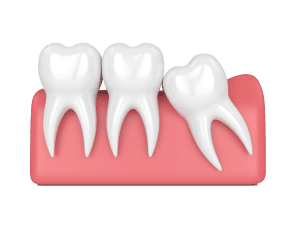
Mesial Impaction
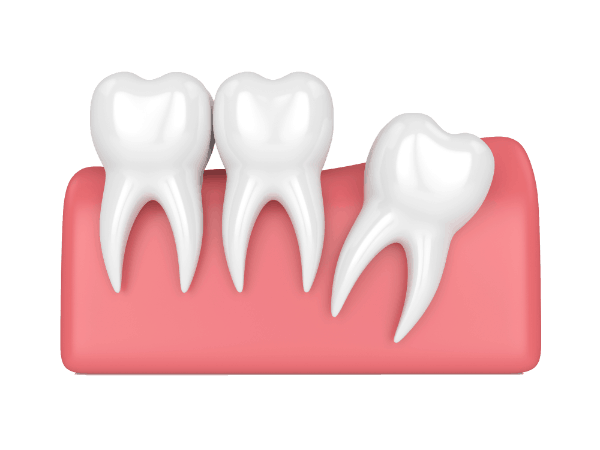
Distal Impaction
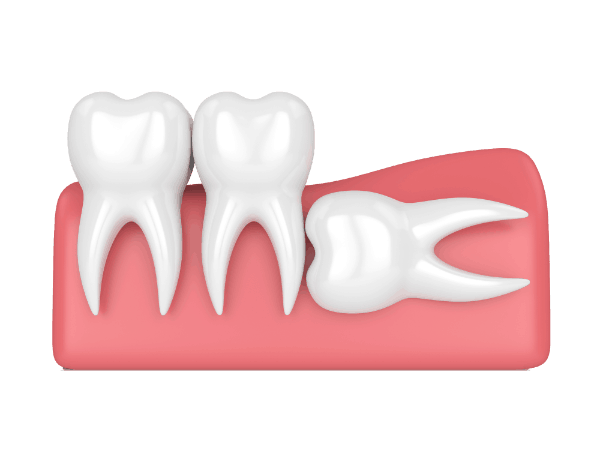
Horizontal Impaction
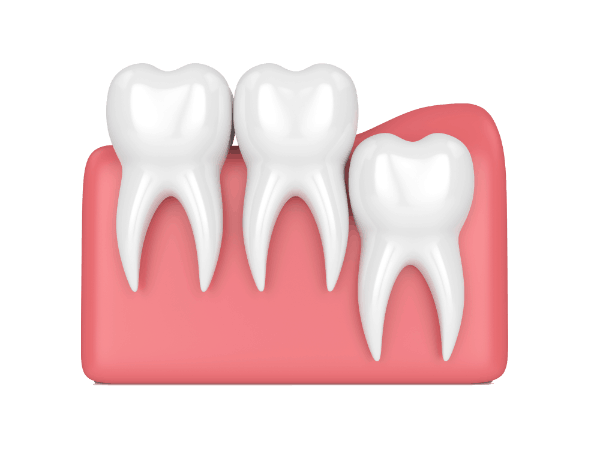
Vertical Impaction
As cleaning is difficult and food is easily trapped in the empty pockets between the two teeth, wisdom teeth are susceptible to cavities and decay. Pain starts to arise when the gums start to get infected and become swollen. Under such circumstances, the removal of the wisdom teeth becomes necessary.

How are Wisdom Teeth Removed
An extraction or a surgery under local anaesthesia may be required, depending on the angle and position of the wisdom tooth. During the procedure, you will only feel pressure as we loosen the tooth and remove it. Once the tooth and bone has been surgically exposed for extraction, the affected gum areas are then stitched together. After which, we will ensure that a nice blood clot forms in the socket before we send you home with home care instructions and medications to ease your healing process.

